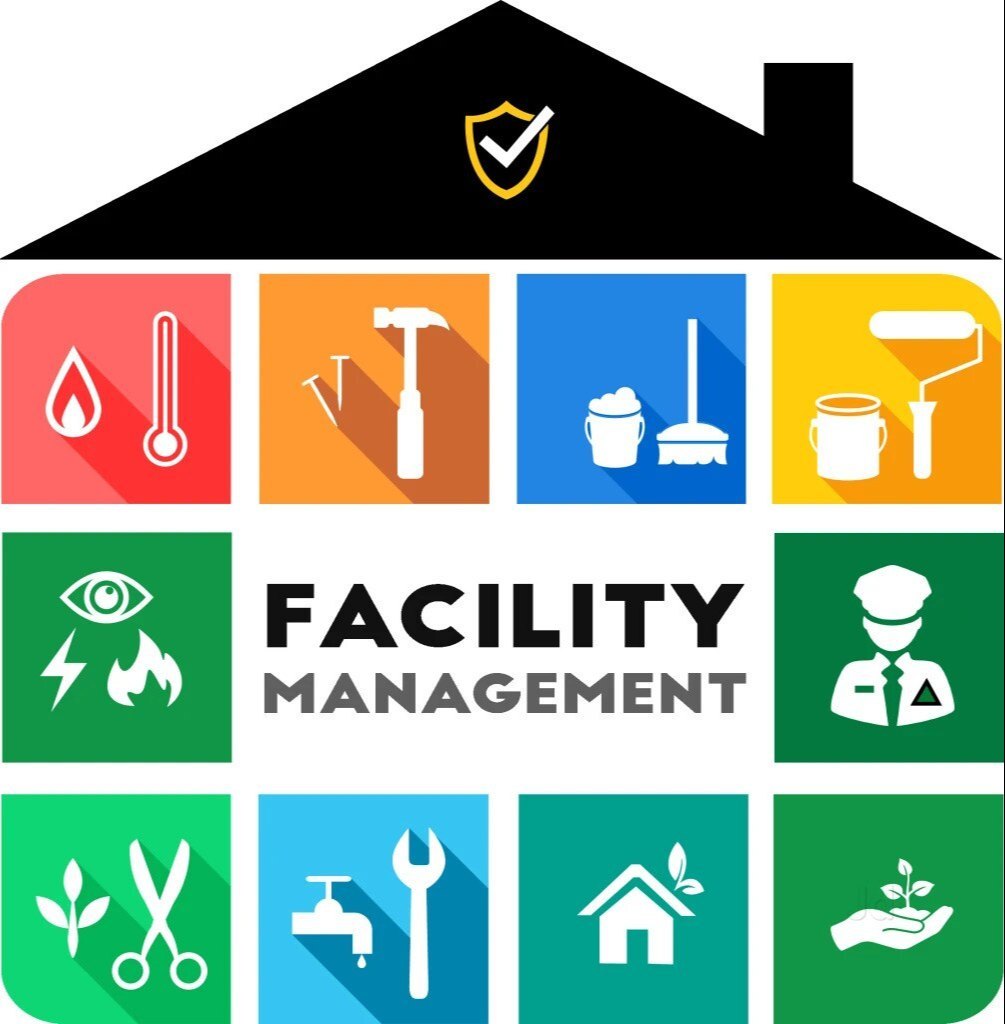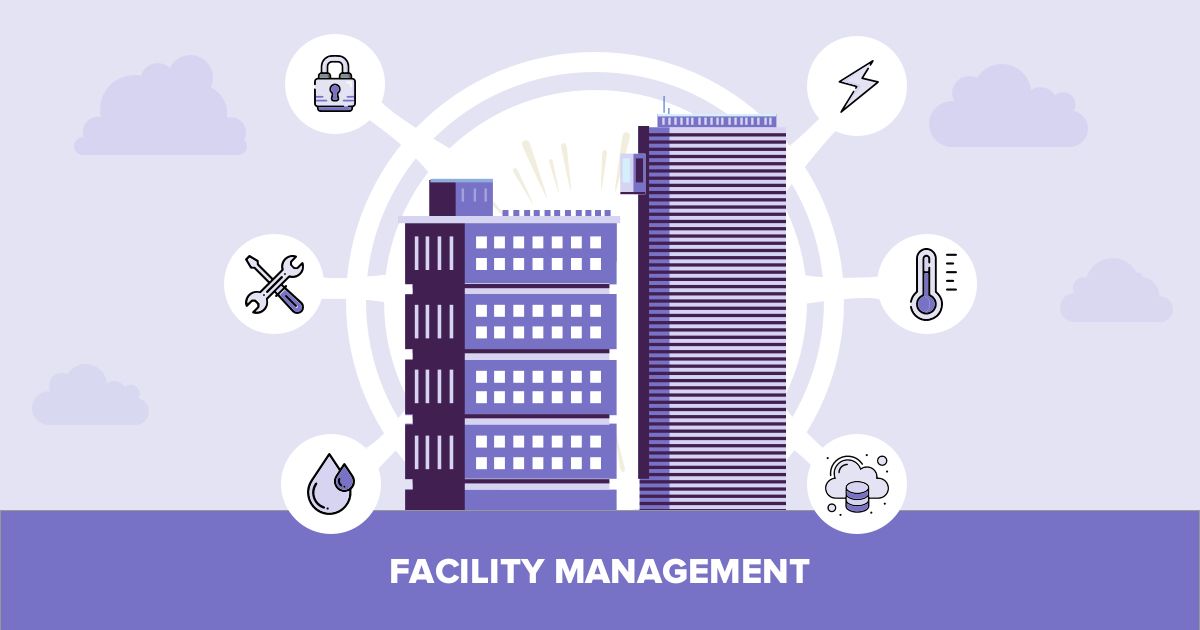Trick Patterns Shaping the Future of Center Management in 2024
As we expect 2024, the landscape of facility management is poised for significant improvement, driven by several crucial patterns. The assimilation of wise building modern technologies and a change towards data-driven decision-making assurance to boost operational efficiency while prioritizing sustainability in technique. The appearance of hybrid work models is improving workplace atmospheres, necessitating ingenious style remedies that cater to evolving worker requirements. In the middle of these modifications, the concentrate on passenger health proceeds to acquire grip, emphasizing the value of a healthy and balanced workplace. How these patterns will certainly manifest in technique remains a vital question for industry specialists.
Smart Structure Technologies

Smart structure modern technologies encompass a wide array of systems, including smart lights, heating and cooling controls, and safety and security systems. By incorporating these systems, center supervisors can monitor and change criteria in real-time, leading to considerable decreases in energy waste and operational expenses. Wise sensing units can identify occupancy degrees and change illumination and temperature accordingly, making sure that energy is only made use of when necessary.
Additionally, these technologies assist in enhanced information collection, enabling companies to track usage patterns and determine opportunities for further renovations. The execution of clever structure technologies not only adds to sustainability objectives yet additionally creates much healthier work settings that can increase employee productivity and complete satisfaction.
As we relocate into 2024, the adoption of clever building modern technologies will likely accelerate, showing a wider change towards even more intelligent, receptive, and sustainable center monitoring practices.
Data-Driven Decision Making
Increasingly, organizations are leveraging data-driven choice making to boost facility administration practices. By harnessing data analytics, center supervisors can derive workable insights that dramatically improve operational efficiency and resource allotment. The combination of sophisticated modern technologies, such as IoT sensing units and real-time monitoring systems, enables the collection of huge quantities of data on building performance, occupancy prices, and energy consumption.
This wide range of details enables center supervisors to recognize trends, forecast upkeep demands, and proactively address problems before they rise. Predictive analytics can forecast devices failings, minimizing downtime and repair service costs. In addition, information visualization devices promote much better interaction among stakeholders, making certain that informed choices are made collaboratively.
In addition, data-driven techniques improve critical planning by allowing center supervisors to examine the effectiveness of current practices and make educated selections relating to financial investments in innovation or framework. As organizations progressively prioritize operational excellence, data-driven choice making is positioned to come to be a cornerstone of effective center administration methods in 2024 and beyond. Inevitably, the ability to leverage data successfully will empower companies to create a lot more efficient, site link effective, and resilient facilities.
Sustainability and Green Practices
The emphasis on data-driven choice making naturally straightens with the growing concentrate on sustainability and green practices within facility monitoring. As organizations progressively prioritize ecological duty, facility managers are leveraging analytics to enhance source use, minimize waste, and decrease carbon impacts. This strategic technique allows the combination of energy-efficient systems, such as LED illumination, clever heating and cooling controls, and eco-friendly energy resources right into center procedures.
Additionally, the execution of sustainable techniques extends past energy consumption. Center managers are promoting and embracing environment-friendly materials recycling initiatives to create a circular economy within their facilities. This not only improves the ecological profile of the organization but also promotes a society of sustainability amongst workers.
Compliance with environmental regulations is an additional important facet driving the adoption of green methods. By using information analytics, center supervisors can keep an eye on compliance metrics and recognize areas for renovation, ensuring adherence to neighborhood and worldwide sustainability criteria.
Hybrid Work Versions
A considerable shift towards crossbreed job models is improving the landscape of facility management in 2024. This standard integrates remote and in-office job, requiring a reevaluation of area utilization, source appropriation, and employee engagement techniques. Organizations are progressively recognizing the relevance of adaptable workspaces that satisfy diverse needs and preferences.
Facility managers must adjust by executing flexible office layouts that sustain collective initiatives while giving locations for focused work. This includes the assimilation of modern technology to promote smooth communication and partnership among in-office and remote workers. Smart building services, equipped with sensing units and analytics, enable for real-time monitoring of area usage, making it possible for companies to enhance their settings effectively.
Moreover, crossbreed job models highlight the need for reliable center management that prioritizes worker experience. In significance, the hybrid job model is changing facility monitoring, urging a proactive technique to meet the evolving needs of the labor force.
Boosted Resident Health
As organizations accept hybrid work designs, an enhanced concentrate on occupant wellness is becoming important to facility administration methods. Facility Management. This shift identifies that a click here for more completely satisfied and healthy and balanced labor force straight influences efficiency and retention rates. Center supervisors are currently prioritizing settings that promote psychological and physical well-being, integrating elements such as natural lights, biophilic layout, and available wellness resources

Technology plays a vital function in this advancement. Smart building systems can monitor ecological variables and readjust settings in real-time, making sure ideal convenience degrees - have a peek at this website Facility Management. Responses devices, such as occupancy sensing units and worker surveys, permit facility managers to consistently improve wellness initiatives based on occupant needs.

Verdict
In 2024, the future of facility monitoring will be dramatically influenced by the integration of smart building technologies and data-driven decision-making, fostering improved functional performance. These patterns jointly emphasize the progressing landscape of center monitoring in response to contemporary difficulties and opportunities.
Center managers are advertising and embracing eco-friendly products recycling initiatives to create a round economy within their centers.A substantial shift in the direction of hybrid work versions is improving the landscape of facility management in 2024.Moreover, crossbreed work versions emphasize the requirement for efficient facility monitoring that focuses on staff member experience.As organizations embrace hybrid work models, a heightened emphasis on owner health is becoming indispensable to center monitoring methods.In 2024, the future of center monitoring will certainly be dramatically affected by the integration of smart structure innovations and data-driven decision-making, fostering enhanced functional performance.